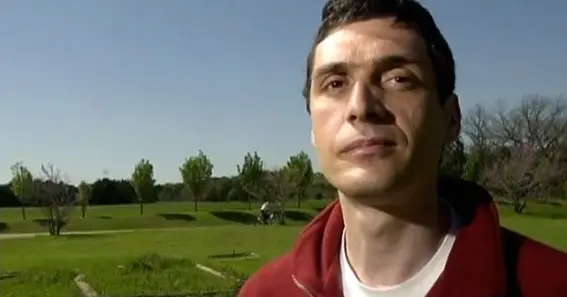In 1988, Richard Danziger was wrongfully convicted of a heinous crime he did not commit. His exoneration years later highlights the profound impact of coerced confessions and the pivotal role of DNA evidence in rectifying miscarriages of justice.
The Crime and Wrongful Conviction
On October 24, 1988, Nancy DePriest was brutally raped and murdered while working at a Pizza Hut in Austin, Texas. Richard Danziger and his roommate, Christopher Ochoa, both employees at another Pizza Hut location, were implicated in the crime.
Under intense police interrogation, Ochoa falsely confessed to the crime and implicated Danziger as his accomplice. Despite a lack of physical evidence directly linking them to the scene, both men were convicted—Ochoa for murder and Danziger for rape. Danziger received a life sentence.
The Path to Exoneration
Years into their imprisonment, the case took a pivotal turn when Achim Josef Marino, already incarcerated for other offenses, confessed to being the sole perpetrator of the crime. His admission prompted a re-examination of the evidence.
Subsequent DNA testing conclusively matched Marino and excluded both Ochoa and Danziger. This irrefutable evidence led to their exoneration and release in 2001, after each had spent over a decade behind bars.
The Aftermath
While exonerated, the ordeal left lasting scars. During his incarceration, Danziger suffered a severe beating by another inmate, resulting in permanent brain damage. This tragic outcome underscores the profound and often irreversible consequences of wrongful convictions.
FAQs
1. What led to Richard Danziger’s wrongful conviction?
A coerced confession from his roommate, Christopher Ochoa, under intense police pressure, falsely implicated Danziger in the crime.
2. How was Richard Danziger exonerated?
The true perpetrator, Achim Josef Marino, confessed to the crime, and DNA evidence confirmed his involvement, leading to Danziger’s exoneration.
3. How long was Richard Danziger imprisoned?
He was incarcerated for approximately 12 years before his release in 2001.
4. What were the consequences of Danziger’s imprisonment?
While in prison, Danziger was severely beaten, resulting in permanent brain damage.
5. What does this case highlight about the justice system?
The case underscores the dangers of coerced confessions and the critical importance of DNA evidence in preventing and rectifying wrongful convictions.








